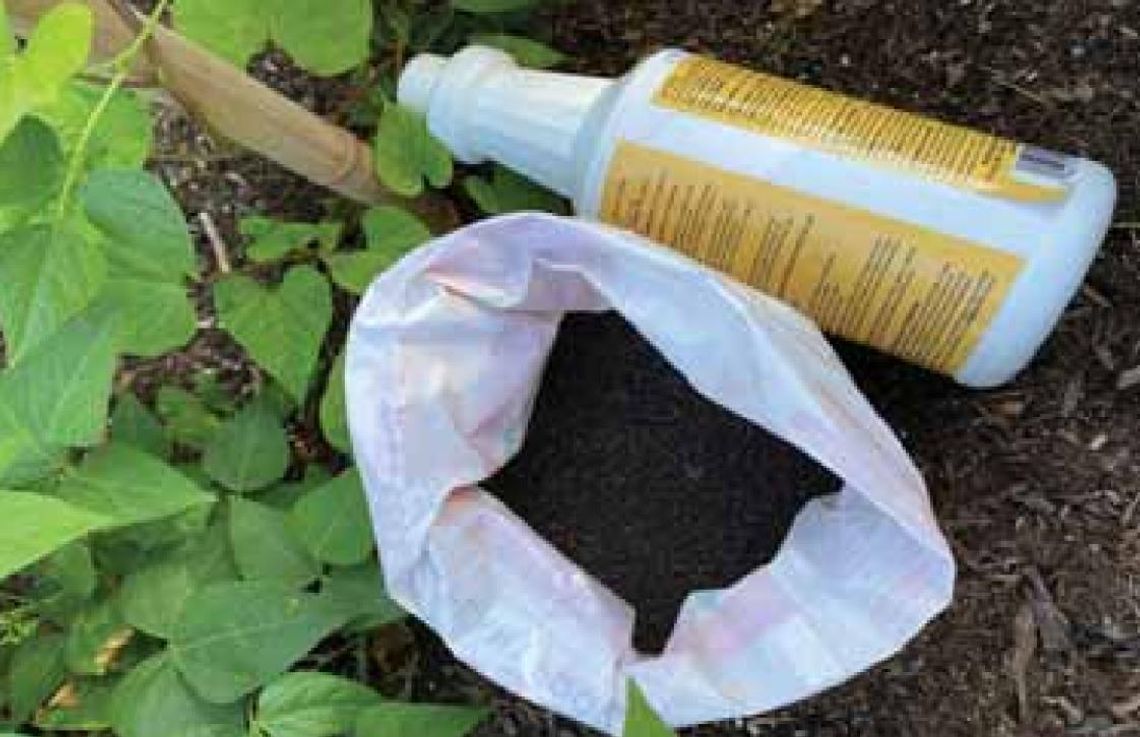According to the calendar, it’s still spring. Here in Central Texas it feels like summer. The next few months will be measured in high temperatures and extended periods without rain.
To protect your plants from the worst of the heat, the best advice is to check on your plants daily. Visiting your garden regularly will help you identify and correct any insect issues, watering or heat related stresses.
Potted plants need water nearly every day as we head into June. Raised beds and in-ground gardens appreciate long 20-30 minute soaks once a week. Frequent, shallow watering only hydrates the soil surface. Extended soaking allows water to reach deeper roots which supports healthy growth.
A healthy root system is critical for keeping the top parts of your plants alive. When stressed from disease or damage, a healthy plant is more likely to recover.
As Mother Nature ratchets up the heat, mulch will be a blessing in your garden. Mulch helps keep the soil moist and cool while protecting the roots. Two to three inches of mulch reduces evaporation and insulates. Mulch also keeps weeds down. Weeds compete with your plants for water and nutrients. Potted plants also benefit from an insulating layer of mulch.
Normally, plants get all the nutrients they need from the soil. With higher temperatures through the summer, plants may need extra nutrients to sustain growth and remain productive. Summer crops tend to be the heaviest feeders and need fertilizer more often through the growing season.
Fertilizer selection is overwhelming. There are solid and liquid fertilizers, powdered and granular formulas, concentrated or ready to use, natural and synthetic. Natural sources can be plant-based like seaweed or cotton meal. They can be animal byproducts like manure or fish-emulsion or blood and bone and even feather meal.
Natural or synthetic, all fertilizers do the same, they provide extra nutrients. When considering a new fertilizer, look at the label. All list three numbers in bold lettering on the package. These are known as the NPK numbers and represent the ratio of essential plant nutrients in the product. N stands for nitrogen, P refers to phosphorus and K denotes potassium.
All plants benefit from a wide variety of minerals and trace elements, but all plants need NPK. Nitrogen is the leaf maker. Phosphorus is the root maker and potassium is the flower & fruit maker.
If everything is going well in the garden, keep it simple and choose a well-balanced product with similar NPK numbers such as 5-5-5 or 3-2-2. Synthetic brands tend to have higher NPK numbers than the natural products.
The synthetics are quick acting and give a boost to your plants. Problems will arise when synthetic products are used too often. Plants will use only what they need while the excess stays in the soil or drains off. This is wasteful, and they build up in the soil. Excess fertilizer can burn your plant and upset your soil biology. Excess fertilizer that drains away pollutes the groundwater.
My personal preference is to use natural fertilizers that are less harsh. Fertilizing is similar to cooking with seasonings. Start out with a small amount and if it’s not enough you can always add more. Too much at once, will overpower and become difficult to correct.
If you have identified a nutrient related issue, you can use a product that has a little more of the missing nutrient. Since it’s getting hot and we are watering more, you will want to find something to get your plants some extra nutrition. Consider getting two basic products, a liquid and a solid. You can alternate your products every three weeks or so.
The planting window has closed for many of our summer favorites, but we can plant these heat loving plants in our gardens: southern peas, sweet potato slips, okra, cantaloupe, warm season greens, pumpkins, watermelon, and winter squashes.
With 25 years of backyard gardening experience, Julie is a plant and nature enthusiast. She lives in Taylor and hosts the “Plow & Hose Organic Gardening in Central Texas” podcast and radio show that airs on KBSR, Black Sparrow Radio every Saturday and Sunday at 9 a.m.





